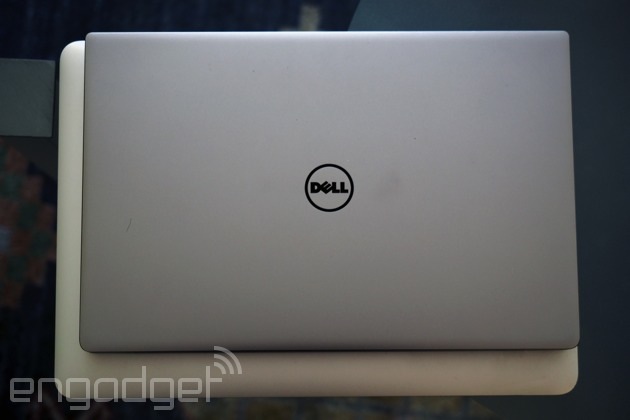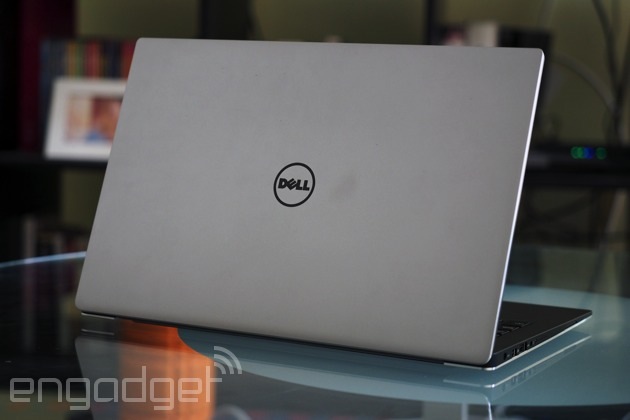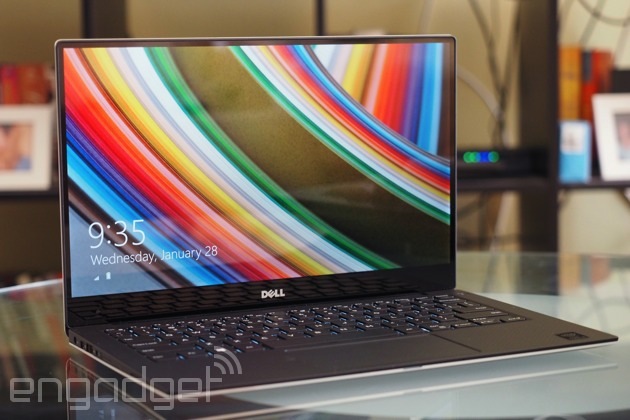CES has come and gone; the holidays are long past; and now all we're left with are a few months of dreary weather. No fun, right? Right. Except if you're a tech writer. Now that most major companies have revealed their new lineups, we have the exciting job of testing all this stuff; seeing how it holds up in real life. The first product of the year to cross my desk: none other than the Dell XPS 13, a compact 13-inch laptop that ranked as a finalist for our annual Best of CES awards. In addition to being the first system we've tested with Intel's new fifth-generation Core processor, the redesigned XPS is notable for its nearly bezel-less display -- a design feat that allows it to have the footprint of an 11-inch machine. Particularly with a starting price of $800 (pretty reasonable for a flagship laptop), it seemed poised to become one of our new favorite Ultrabooks. And you know what? It actually is.
Hardware



I won't go so far as to say I hate the Microsoft-made Precision touchpad, but it's definitely not as well-engineered as the keyboard. There's just a little too much friction, to the point where I noticed some stuttering even while doing basic two-finger scrolling (that's not just in IE, but in apps like File Explorer and WordPad too). Pinch-to-zoom also didn't feel as controlled as on some other Windows PCs; it sometimes took me multiple attempts to scale text exactly the way I wanted. One time, I actually zoomed in on a webpage by accident when all I meant to do was scroll through. On the bright side, the trackpad does well at single-finger tracking -- an area where other laptop touchpads frequently fall short.

Display and sound

Dell didn't skimp on the display quality either. The IPS Gorilla Glass screen (which starts at 1080p resolution, but goes up to 3,200 x 1,800) offers wide viewing angles, which came in handy during my six-hour flight from New York to Seattle. Even with the window open and sunlight pouring in, I could still make out the screen without issue. Also, given that I was trapped in economy, I didn't exactly have much space to work with. Still, whether I had the machine in my lap or balanced on the tray table with the lid dipped forward, I enjoyed bright colors and even contrasts. No washouts here. My only complaint? The XPS 13 doesn't come standard with a touchscreen; for that feature, you'll need to pay $1,300, not $800. Boo.
It's easy to miss the XPS 13's stereo speakers the first time you pick it up: They're nestled on either side of the laptop, toward the front where the chassis gets really narrow. While the audio might seem like an afterthought, it's actually surprisingly good -- among the best in its class, even. The volume is strong enough that I typically didn't need to push it much beyond the 30 out of 100 mark. And while this isn't the most bass-heavy setup you've ever heard (why would it be?), the speakers stand up well to a wide variety of musical genres, from classical to jazz to hip-hop and pop. All told, even when I needed to go back to my "real" laptop for certain things, I continued to use the XPS 13 as my music machine.


Comments